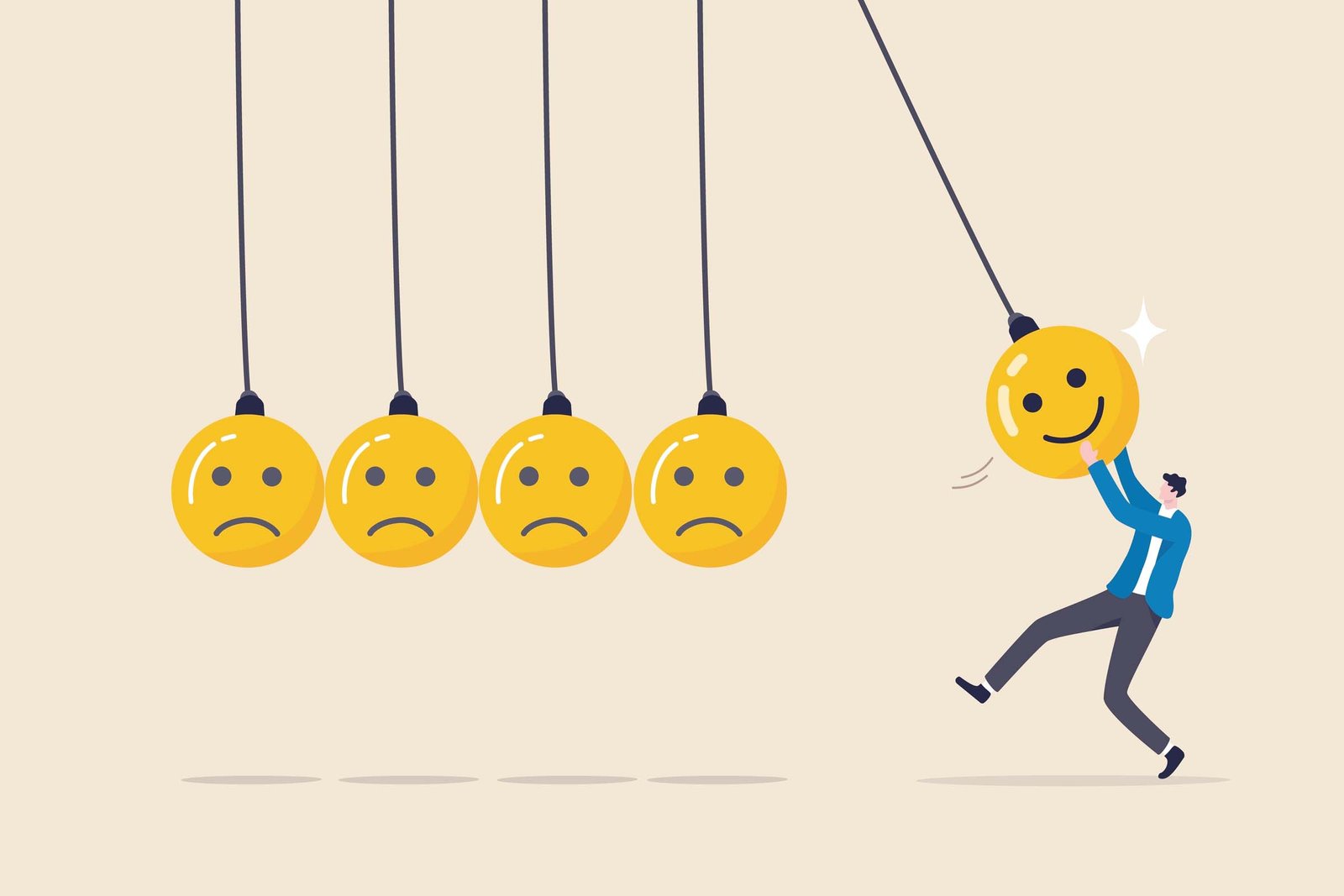By: Dipak Kurmi
In cities with clean air, cycling is great for your health. But, if the air is polluted, like in Delhi right now, it’s not a good idea. Cyclists breathe in more air, and in seriously polluted areas, that means breathing in more toxins. Right now, Delhi’s air is making headlines for being unhealthy, even with all the other news happening around, like elections and international events. So, it’s better to avoid cycling or doing intense outdoor activities in such places.
Right now, the pollution in Delhi is a bit better. It was really bad for five days in a row, labeled as “severe,” but now it’s in the “very poor” category. Strangely enough, on November 6, Facebook reminded me of a photo I took last year on the same date. The picture was of the sunset, smog, and the city.
Some wealthier folks are trying to escape the pollution by putting air purifiers in their homes, using air-conditioned cars, and staying indoors as much as they can. However, only a small number of people have all these choices available to them.
What about the rest?
In Delhi, they’ve told all schools to stay closed until November 10. Construction and non-essential trucks are not allowed right now. They’re using water sprinklers to control the dust. Doctors are advising everyone to wear masks and stay inside as much as they can. Also, after Diwali, they’re bringing back the “odd-even” car rules.
Year after year, it is the same story.
How does one talk about India’s terrifying air pollution when the discourse around it seems repetitive and bordering on hopeless?
What are we missing in the conversation about air pollution? How do we overcome hopelessness?
First off, we need to distinguish between what the officials are saying and what people across the country are discussing about the polluted air. The official stance in India doesn’t align much with global standards, and they’re not quick to link air pollution with health issues or deaths. However, the national discussion shouldn’t just rely on official statements. It should also consider the insights from scientists, experts, and the voices of the citizens.
Even though there’s a growing amount of scientific evidence, we’re not taking the serious health impacts of polluted air seriously. According to a scientific paper from the India State-Level Disease Burden Initiative in December 2020, published in Lancet Planetary Health, about 1.7 million deaths in India in 2019 were linked to air pollution. That’s around 18 % of all deaths in the country. The paper pointed out that while household air pollution in India has gone down, leading to a 64 % decrease in related deaths from 1990 to 2019, deaths from outdoor air pollution have actually increased by 115 % during the same period.
We need to focus on health when dealing with air pollution. The current official strategies don’t give enough importance to the health impacts. According to many experts, Indian governments usually go for easy solutions, quick fixes like smog towers and water spraying. While these might help a bit in the short run, they won’t really solve India’s smog issue.
According to Bhargav Krishna, an environmental health and policy researcher, the issue with how we talk about air pollution nationally is that we’re too focused on certain times of the year and extreme situations. The official plan to tackle air pollution mainly revolves around winter, overlooking the situation throughout the rest of the year. The conversation is also too centered on Delhi, but now, air pollution is a problem across India, even in smaller cities.
As Sunil Dahiya, an analyst from the Centre for Research on Energy and Clean Air (CREA), mentioned on X (formerly Twitter), Fatehabad in Haryana took the lead as the “most polluted city” in India on November 5. The concentration of PM 2.5, a type of air pollutant, was at 338 µg/m3 (micrograms per cubic meter). Delhi followed closely in second place with a PM2.5 concentration of 334 µg/m3. Mumbai’s air is also a cause for concern, although it’s not as bad as Delhi.
Winter is probably the toughest time when pollution just hangs in the air. However, according to Krishna, we can’t tackle India’s air pollution issue if we only focus on what happens during winter. We need to consider the situation throughout the entire year.
Many parts of India have polluted air due to various reasons like construction, vehicle emissions, burning crop residue, and industrial discharges. It’s crucial to discuss all the factors that add up to toxic air, not just a few. Asking questions is important. For instance, why aren’t we talking much about how power plants contribute to bad air? A recent study by the environmental think tank Centre for Science and Environment found that only five percent of India’s coal-fired power stations have installed systems to control sulphur dioxide emissions, which are called flue gas desulphurization systems.
We should discuss regulations. According to Krishna, although there are guidelines for emissions, they aren’t really enforced. The ability and determination to regulate effectively seem to be lacking.
We require detailed local data on the health effects of air pollution. Right now, there’s a lack of information on respiratory infections from primary health centers or at the block level. The data from outpatient visits could be useful, but currently, there’s no centralized database for it. A statewide overview won’t provide the specific details we need at a micro level, according to Krishna.
In January 2019, India started the National Clean Air Programme with a goal to decrease PM2.5 levels by 20-30% by 2024 in 132 cities compared to 2017 levels. A recent report by CREA indicates slow progress – only 37 cities have finished the initial studies they were supposed to complete by 2020. This was just the first step, and most of these reports are still not available to the public. Moreover, no city action plan has been updated with the new findings as planned in the NCAP. The National Emission Inventory, expected to be finished by 2020, is also pending formalization according to CREA. To meet its 2024 goals, India needs more air quality monitoring stations.
It might sound challenging, but it’s doable if we’re genuinely committed to preventing health issues due to air pollution. We need to tackle the toxic air issue nationwide throughout the year, not just during winter. (The writer can be reached at dipaknewslive@gmail.com)







